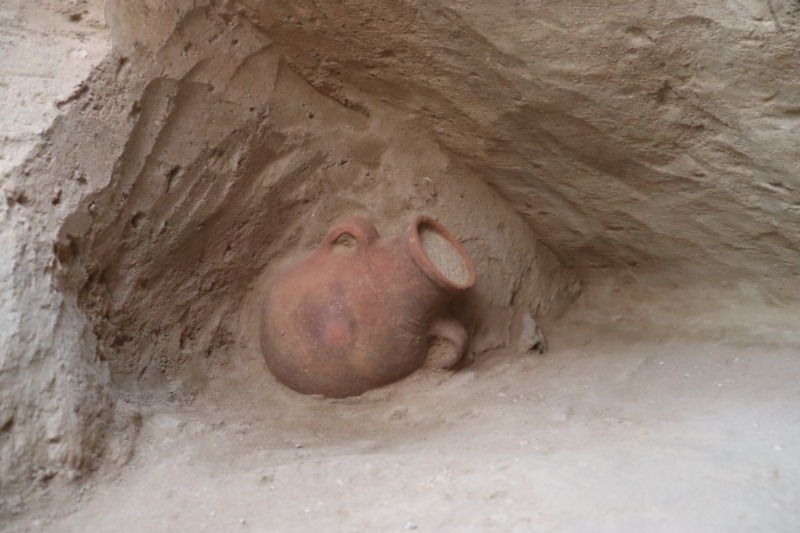[ad_1]
A glimpse into the UAE’s past…
The Abu Dhabi Department of Culture and Tourism (DCT Abu Dhabi) has unearthed new sites and artefacts in Al Ain dating back to the Iron Age and pre-Islamic periods. The finds are reported to belong to the period from 1300 BC to 600 AD.
Excavations by DCT Abu Dhabi have uncovered a pre-Islamic cemetery near Kuwait in central Al Ain following road and infrastructure reconstruction.

this DCT Abu Dhabi’s excavation and research activities aim to further understand the UAE’s history and preserve its cultural heritage. His Excellency Mohamed Khalifa Al Mubarak, Chairman of DCT Abu Dhabi said, “At a time when little is known, we are making a significant contribution to the knowledge of life in the region—for example, demonstrating that early settlers on this land practiced agricultural systems much earlier than previously thought.”
What did you find?
The excavation project documented 20 separate burials, some of which were remarkably well preserved. Some of the items found included ceramics, bronze bowls, glassware and alabaster vessels. A large number of iron weapons, including arrows, spears and swords, were also found intact in the tomb.
DCT Abu Dhabi has also unearthed more treasures within an 11.5km radius around three districts in Al Ain, including another necropolis including the Khrais, Qattara and Hili districts. The cemetery dates back to the Iron Age and, in addition to at least 35 graves, also contains a large stone tomb.
You might also like
DCT Abu Dhabi also uncovered evidence of agriculture, with more than 50 historic Afraj, or watering channels. These channels use different construction techniques and date back to different periods.This signals the presence of agricultural activity this area Spanning many stages of the Iron Age. It also sheds light on the different prehistoric irrigation systems and agricultural practices used in the region.
The department believes ceramics and other ornaments recovered from the graves were used in funerary and agricultural practices. These ornaments included items such as soft stone vessels, jewellery, shells, metals and weapons. Soil samples were also collected from the site, which will tell us more about the types of crops grown during this period.
HE Mohamed Khalifa Al Mubarak saysThrough these efforts, a more complete understanding of Abu Dhabi’s past can be achieved, thereby “enhancing our pride in the achievements of our ancestors and making valuable contributions to regional and global scientific discourse.”
Image: Supplied
> Register for free to receive exclusive updates of your interest
[ad_2]
Source link